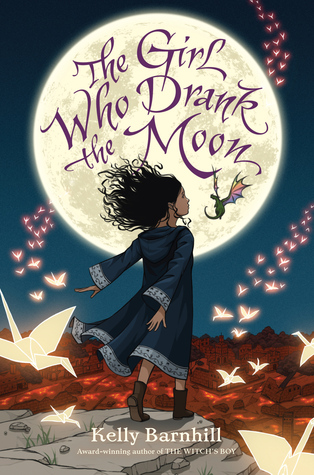This is one of a series of blog posts that continue the conversation around Still Learning to Read--teaching reading to students in grades 3-6. This series will run on the blog on Tuesdays starting in August 2016 and continue through the school year.
I want my students to have experience with a variety of ways to track their thinking during reading. There are so many tools and right now, I just want them to see how powerful it is to stop and notice your thinking. I want them to be able to choose tools that work for them and I use the first 6-8 weeks of school to make sure they have experience with several ways to annotate. Since our focus is on the thinking and process, the tool is really up to the child once they see some possibilities. So for read aloud this time, I chose the book Lucy by Randy Cecil. This is a book that I fell in love with this summer. I chose it for several reasons.
- The illustrations in this book are key. There is a black and white illustration on each page and I want my 3rd graders to talk around both words and pictures. I find that often, at this age, readers are more apt to talk about what they notice or wonder in a visual than in text so this combination seemed perfect. I also know they will naturally find evidence in the illustrations as they talk and the "What in the book makes you think that?" type of conversation will grow.
- I was able to get 12 copies of the book from our public library. This makes it possible for groups of 2-3 to share a book.
- I assigned them a Thinking Partner for this read aloud. So they share their book with the same person and will think through this book with one person. Thinking with the same person across a book is different than thinking with different people every day. There are benefits to both but as we build relationships and conversation skills, having the same partner through the book is important.
- There are 3 characters in the book whose story lines come together--Eleanor, her father, and the dog, Lucy. As readers begin to read more complex text, I want them to think about characters and how characters stories and relationships are often key to narrative.
So each pair of students was given a copy of the book and a stack of sticky notes and they have been jotting and talking every day before we come together and share thinking as a group.
The book and conversation are inviting great talk and we are learning so much about tracking our thinking, backing our thinking with evidence in the text, character development and having good conversations.
(You can follow the conversation using the hashtag #SLTRead or you can join us for a book chat on Facebook that began this week by joining our group here.)
Our new edition of Still Learning to Read was released last week! You can order it online at Stenhouse!
















